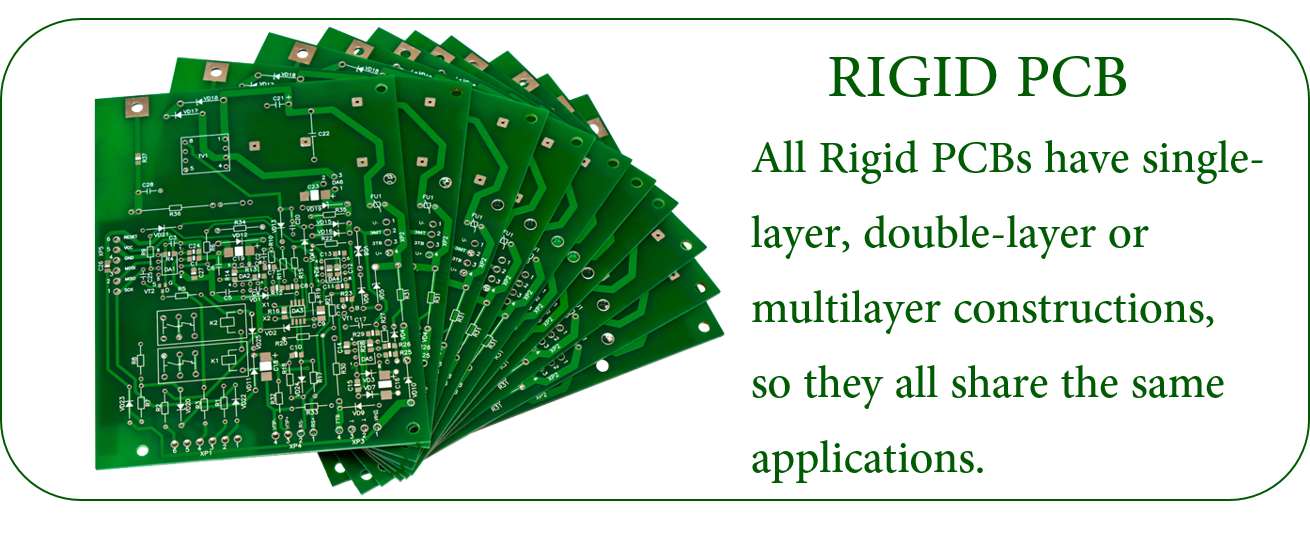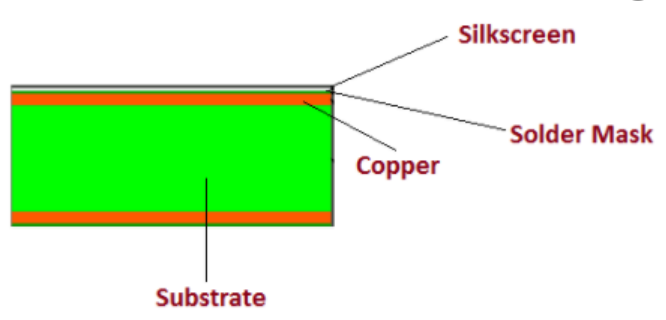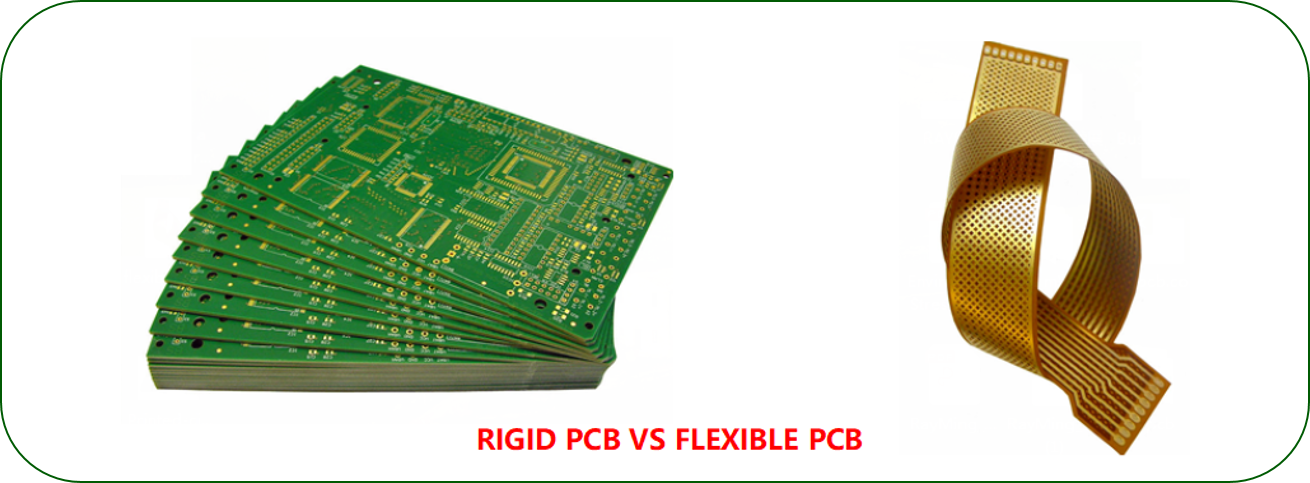Green Lighting Shanghai will open in April in Shanghai More than 80% of the high-efficiency energy-saving landscape decoration and lighting at the 2010 Shanghai World Expo will become the world's largest concentrated production area of ​​LEDs. At the end of the two national conferences, delegates will continue to promote the government with high subsidies. The billion-dollar energy-saving lamp replaces the incandescent lamp with large power consumption; the pilot project of “Ten Cities and Ten Thousand Miles†carried out in 21 cities announced to the world that LED lighting has moved from traditional landscape lighting to road lighting, and has been smoothly scaled up. ... There are indications that under the situation of global energy shortage and increasing environmental protection requirements, the new light source and new energy lighting industry has shown broad development prospects. The 2010 Shanghai International New Light Source & New Energy Lighting Exhibition & Forum (Green Lighting Shanghai) will be held on April 20-22, 2010 at Reed Exhibitions and National Semiconductor Lighting Engineering R&D and Industry Alliance. Co-hosted by (CSA), it has received wide attention. PHILIPS, OSRAM, ASTRI, CREE, GE, Delta, Hisense, Skyworth, BYD, Yuanfang, Shifu, Mingxin, Zhongwei, Qinshang, Sansi and other well-known enterprises in the industry will fully demonstrate the latest concepts in the field of semiconductor lighting. . Ms. Li Yayi, Vice President of Reed Exhibitions East China, told the reporter: The three-day exhibition will fully present the industrial chain from upstream epitaxial material production and chip preparation, midstream device and module packaging, and downstream lighting and display integration applications. The new light source and new energy lighting manufacturing industry create a unique business platform. It is reported that a number of LED will appear one by one in the new exhibition site: Philips Release series LED solutions designed for the hotel, such as MasterLED (used in place of halogen lamps, incandescent lamps and energy-saving lamps). Philips Lighting company official said, the hotel lighting, may be because of the development of LED technology and usher in a revolutionary change. BYD solar LED lights, use of special BYD iron battery charge and discharge control developed photosensitive system and a lighting control system of the DC power supply, having reliable, long life, easy installation, energy saving, economical and durable and many other advantages. Year-end forum theme of the Forum will be "the development of thinking and new energy sources and new tactics lighting," Forum "innovation and development of new energy sources and new lighting," as well as the composition of the four summit, close to a hundred industry experts, scholars, business executives will start wonderful game, then a total new source of new energy lighting industry in the future. Wu Ling, Secretary-General of National Semiconductor Lighting Engineering R&D and Industry Alliance, will elaborate on the development strategy of semiconductor lighting emerging industry; Professor Hao Luxi from Tongji University's School of Architecture and Urban Planning will interpret the “2010 Shanghai World Expo Lighting Engineering Innovation and Application Designâ€; Shanghai World Expo Ni Yang, the designer of the China Pavilion, will tell the public “Lighting strategy and energy-saving measures for the China Pavilion at the 2010 Shanghai World Expoâ€; Tang Guoqing, director of the Semiconductor Lighting Professional Committee of China Lighting Association and Cui Rui China Market, will explain LED and lighting changes. ... From the senior executives of OSRAM, GE, Siemens, Philips Lighting, etc. will also stage a speech, to discuss the development of new light source and new energy lighting industry, all the heroes of your way to sing me to debut, I believe it will trigger a field of semiconductor lighting New thinking. Up to now, IBM Public Sector Asia Pacific, Lumileds Asia Pacific, Jiegao Optoelectronics, Skyworth Group, Qinshang Optoelectronics, Guangdong Zhonglong Transportation and other well-known enterprises have confirmed that they will come to visit the exhibition. It is expected that the site will attract more than 3,000 companies and institutions. participate. I believe that this new line of new light source and new energy lighting industry will surely lead the industry to a new revolution. For more information on the latest developments and activities can be found at:
Rigid PCB
What is Rigid PCB?
Rigid PCB are Printed Circuit Boards that are made out of a solid substrate material that prevents the board from twisting. Possibly the most common example of a rigid PCB is a computer motherboard. The motherboard is a Multilayer PCB designed to allocate electricity from the power supply while simultaneously allowing communication between all of the many parts of the computer, such as CPU, GPU and RAM.
Multilayer Rigid PCB Stackup
Learn more about JHY PCB by exploring the manufacturing capability of Rigid Printed Circuit Board below. We can do more than you can imagine.
Item
Manufacturing Capability
PCB Layers
1-26L (TG135 TG150 TG170 TG180)
Laminate
FR-4, FR- 406, 370 HR ,IT180A,CEM-1, CEM-3,FR1,FR2,94HB,PTFE,etc.
Brand of Laminate
Kingboard,Shengyi,Nanya,Isola,Rogers,etc.
Max Board Size
1-2layers: 1000mm * 600mm
Multilayer PCB: 600* 600mm
Board Thickness
0.1-4.0 mm
Board Thickness Tolerance
±10%
Copper Thickness
1-10 oz
Min Mechanical Drilling Hole Size
4mil(0.10mm)
Min Laser Drilling Hole Size
3mil(0.075mm
Min Line Width/Line Space
2/2mil
Surface Finishes
OSP, HASL, HASL Lead-Free (HASL LF), Immersion Gold(ENIG), Immersion Silver, Immersion Tin, Plated Gold, etc.
Solder Mask Colors
Green, Red, White, Black, Blue, Yellow, Orange, Purple, Gray.
Silkscreen Colors
Black, White, Yellow.
Electrical Testing
Fixture and Flying Probe
Other Testing
AOI, X-Ray(AU&NI), Two-dimension Measurement, Hole Copper Instrument, Impedance Test, Metalloscope, Peeling Strength Tester, Solderability Test, Logic Contamination Test
Special Capabilities
Thick Copper, Thick Gold(60μ"), Gold Finger, Blind and Buried Hole, Countersink Hole, Semi-hole, Peelable Mask, Carbon Ink, Impedance control+/- 10%, etc.
Additional information
Rigid PCB Rigid PCB,Fr4 PCB,Rigid Circuit Board,Rigid Printed Circuit Board JingHongYi PCB (HK) Co., Limited , http://www.pcbjhy.com
About Reed Exhibitions
Rigid PCB make up perhaps the largest number of PCBs manufactured. These PCBs are used anywhere that there is a need for the PCB itself to be set up in one shape and remain that way for the remainder of the device's lifespan. Rigid PCBs can be anything from a simple single-layer PCB all the way up to an eight or ten-layer multi-layer PCB.
All Rigid PCBs have single-layer, double-layer or multilayer constructions, so they all share the same applications.

Some characteristics of rigid PCB
Rigid PCB Manufacturing
Rigid PCB is made up of different layers that are joined together using adhesive and heat, providing a solid shape to board material. Following layers are used to develop a rigid PCB.
Substrate Layer


Copper Layer
Solder Mask Layer
Silkscreen Layer

The differences between Rigid PCB And Flexible PCB
When to Use Rigid and When to Use Flexible
Rigid PCB Applications
Rigid Printed Circuit Board Manufacturer: Guaranteed Quick Delivery
JHY PCB is committed to providing the highest quality rigid printed circuit boards at competitive prices. As the name suggests, these PCBs use an inflexible, solid, and rigid substrate material such as fiberglass, which prohibits these boards from bending. We can provide high-quality, and performance-oriented rigid printed circuit boards in diverse specifications.
Different Types of Rigid PCB Provided by JHY PCB
Matt: Green, Blue, Black.